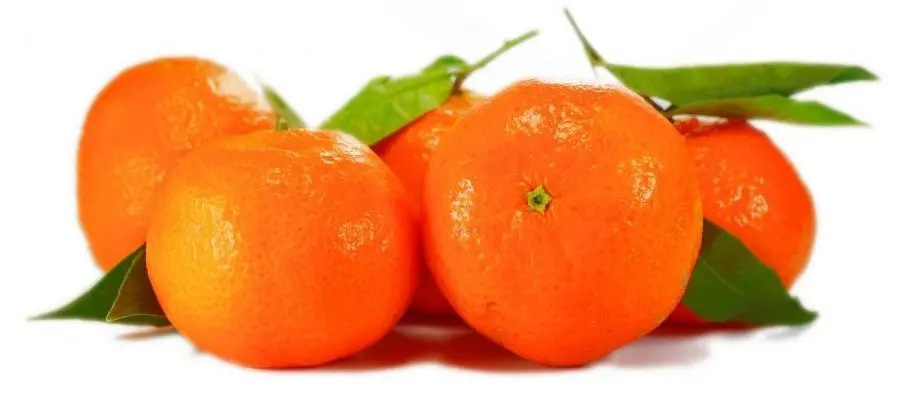 If you’re interested in growing clementine oranges indoors, you’re in luck! It is possible to successfully cultivate clementine trees indoors with the right knowledge and care.
If you’re interested in growing clementine oranges indoors, you’re in luck! It is possible to successfully cultivate clementine trees indoors with the right knowledge and care.
Growing clementine oranges indoors requires a sunny location, preferably a south-facing window, to ensure at least 8-12 hours of sunlight daily. Use well-draining soil and a pot with drainage holes. Water consistently but allow the soil to dry out between waterings. Fertilize with citrus-specific food for optimal fruit production.
So if you love the sweet, tangy flavor of clementine oranges, but don’t have the space or climate for an outdoor citrus tree, I have good news for you.
It is possible to successfully grow clementines indoors.
In this blog post, we will explore the steps you can take to cultivate your own indoor clementine orange tree and enjoy its delicious fruits.
From choosing the right variety to providing proper care and maintenance, we’ve got you covered.
So, if you’re ready to add some citrusy goodness to your indoor garden, let’s get started on growing clementine oranges indoors!
What Are Clementines?
Clementine oranges, also known as mandarin oranges, are small, sweet oranges that are native to China. They are sometimes called Christmas oranges.
The mandarin orange (Citrus reticulata), also known as the mandarin or mandarine, is a small citrus tree fruit. Treated as a distinct species of orange,it is usually eaten plain or in fruit salads. Tangerines are a group of orange-coloured citrus fruit consisting of hybrids of mandarin orange with some pomelo contribution. https://en.wikipedia.org/wiki/Mandarin_orange
They are believed to be a cross between a sweet orange and a tangerine and are named after a French monk, Father Clément Rodier, who is credited with introducing the fruit to the Western world in the late 19th century.
In terms of appearance, clementine oranges are small and round, with a thin, bright orange skin.
They are typically smaller and less acidic than regular oranges and are known for their sweet, juicy flesh.
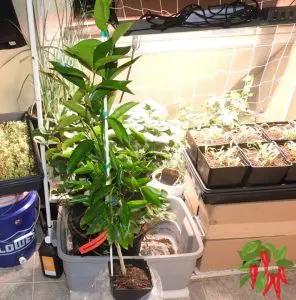 The bright orange fruit is easy to peel and is often seedless, making it a convenient and popular choice for snacking.
The bright orange fruit is easy to peel and is often seedless, making it a convenient and popular choice for snacking.
Clementine oranges are commonly used in salads, desserts, and as a garnish for cocktails. They can also be juiced or used in marmalades and preserves.
The fruit has a sweet, tangy flavor that is similar to a tangerine, but slightly less acidic.
Overall, clementine oranges are a popular choice for their sweet, juicy, and convenient nature.
How To Grow Clementines Indoors
Growing clementine oranges indoors is possible. However, to succeed in growing clementine oranges indoors, you’ll need to provide the tree with the right conditions.
They are not difficult to grow but they do need a lot of light so you may need an LED grow light even if you do have a sunny window.
How to grow clementines without seeds
You don’t want to try growing indoor citrus from seeds. The plants will be too large and the fruit may not be true to the parent variety.
For this reason, you want to be sure to buy a grafted citrus tree,
They are small trees and can be bought grafted onto a dwarfing rootstock called Flying Dragon which will keep these fruit trees very manageable.
Make sure not to bury the graft union when planting a dwarf variety. I recommend buying a grafted tree. Seedlings are variable and may not even produce clementine fruit.
Clementine Tree Care Indoors
According to information online, Clementine oranges can be kept outdoors in USDA hardiness zones 8-11.
But I think zone 8 with lows of 10-20 degrees is really too cold. They need warmer climates and I would only keep them outdoors in zone 9 and above.
Clementines should not be kept outdoors in colder climates unless you are prepared to bring them indoors when it freezes.
Here are some tips for growing clementine oranges indoors:
Choose the right pot: Clementine oranges need a pot with good drainage and a well-draining soil mix. The pot should be at least twice the size of the root ball to give the tree enough room to grow. It should have drainage holes
You can place some pebbles in the bottom of the pot to help drainage. Always remove excess water from the plant’s tray to prevent root rot.
Provide plenty of light: Clementine oranges like most other citrus can grow in full sun. They need bright, indirect light in order to thrive. You may need to use grow lights to supplement the natural light in your home.
Water regularly: Clementine oranges need to have their soil kept consistently moist, but not waterlogged.
Always use well-drained soil for your young trees. You can use a moisture meter to check the soil moisture levels and water as needed.
Fertilize regularly: Clementine oranges need to be fertilized in order to grow and produce fruit. Use a balanced citrus fertilizer according to the instructions on the package.
Prune and train the tree: Pruning and training your clementine orange tree can help it grow into a healthy and attractive shape.
Remove any diseased or damaged branches and prune off any branches that are growing too long or out of place.
You can also use stakes or trellises to train the tree to grow in a specific direction.
How long does it take for a clementine tree to bear fruit?
It can take a clementine tree anywhere from 3 to 5 years to start producing fruit.
However, this time frame can vary depending on a number of factors, such as the tree’s variety, growing conditions, and overall health.
In general, citrus trees grow relatively slowly, so it is important to be patient and provide the tree with proper care and maintenance as it matures.
With proper care, your clementine tree should start producing fruit within a reasonable timeframe.
Citrus Pests
There are some pests to keep an eye out for but they are less likely to occur growing citrus indoors. Still keep an eye out for bugs.
Here are several pests that can bother clementine oranges, including:
Aphids: These small insects feed on the sap of citrus trees, and can cause leaves to yellow and curl.
Citrus thrips: These tiny, slender insects feed on the leaves and fruit of citrus trees, and can cause scarring and discoloration on the fruit.
Citrus mites: These small, spider-like pests feed on the leaves of citrus trees, and can cause leaves to yellow and drop off. Spider mites are a common indoor pest.
Citrus leafminer: This insect lays its eggs on the leaves of citrus trees, and the resulting larvae burrow into the leaves, creating distinctive, winding mines.
Citrus psyllids: These small, winged insects feed on the new growth of citrus trees, and can cause leaves to curl and distort.
If you notice any of these pests on your clementine tree, there are several control measures you can take, such as applying insecticidal soap or horticultural oil, introducing natural predators, or removing and destroying infested plant parts.
It is important to carefully follow the instructions on any pest control products you use and to take care not to harm beneficial insects or other non-target organisms.
Do dwarf clementines fruit sooner?
Dwarf citrus trees, including dwarf clementine trees, tend to be smaller and more compact than their full-size counterparts.
As a result, dwarf citrus plants may start producing fruit at a slightly earlier age than full-size trees.
However, it is important to note that dwarf trees can still take several years to start bearing fruit.
About chilling hours
Clementine trees, like many other citrus trees, have a requirement for a certain number of chilling hours in order to produce fruit.
Chilling hours refer to the number of hours that a plant is exposed to temperatures between 32 and 45 degrees Fahrenheit during the winter months.
This period of cold temperatures is necessary for the tree to break dormancy and resume growth in the spring.
The number of chilling hours required can vary depending on the specific variety of clementine tree.
Some varieties may require as few as 300 chilling hours, while others may need up to 500 or more.
If you are growing a clementine tree indoors, you may need to artificially provide the tree with sufficient chilling hours.
This can be done by exposing the tree to cool temperatures for a set number of hours each day.
You could try moving it outdoors for short periods when temperatures are above freezing or you might find a semi-heated garage or basement for it temporarily. 500 hours is about 3 weeks.
Are clementines self-fertile?
Most clementine varieties are self-fertile, which means that they do not require another variety of citrus trees for pollination in order to produce fruit.
However, it is still a good idea to plant more than one clementine tree in order to increase the chances of successful pollination and fruit production.
Additionally, some clementine varieties may produce more fruit when they are cross-pollinated with another variety of citrus tree.
If you are growing clementine trees indoors, you may need to manually pollinate the flowers in order to increase the chances of fruit production.
This can be done by using a small paintbrush or cotton swab to transfer pollen from the stamen (male part) of one flower to the pistil (female part) of another flower.
How do you hand-pollinate clementines indoors when there are no bees?
To hand pollinate clementines indoors, you can use a small paintbrush or cotton swab to transfer pollen from the stamen (male part) of one flower to the pistil (female part) of another flower.
Here is a step-by-step guide on how to hand-pollinate clementines indoors:
Identify a flower that is in the process of blooming. Look for a flower that has a swollen ovary and a protruding pistil, but no visible pollen on the stigma (the top of the pistil).
Locate a flower that has recently opened and has visible pollen on the stamen (the male reproductive organ).
Use the paintbrush or cotton swab to gently collect some pollen from the stamen of the second flower.
Transfer the pollen to the stigma of the first flower, making sure to coat the stigma with a generous amount of pollen.
Repeat the process with additional flowers as desired.
Keep in mind that hand pollination is not a substitute for natural pollination by bees or other insects, and may not be as effective.
However, it can still be a useful technique to increase the chances of fruit production in an indoor setting where pollinators are not present.
FAQs
What are the benefits of growing clementine oranges indoors?
The benefits of growing clementine oranges indoors include having a readily available supply of fresh oranges, being able to control the growing environment, and potentially having a longer growing season.
Can you grow clementines indoors?
To grow clementine oranges indoors, you will need to start with a small tree or plant, such as a grafted tree or rooted cutting.
Provide the tree with a large pot filled with well-draining soil, and place it in a sunny location near a window.
Water the tree regularly, and fertilize it with a citrus fertilizer every few months.
Do I need to provide any special care to my citrus trees in order to keep them healthy?
Yes, you will need to provide special care to your citrus trees in order to keep them healthy.
This includes providing adequate light, water, and nutrients, as well as controlling pests and diseases.
You may also need to prune the tree to maintain its shape and size.
Can I grow lemons and limes indoors too, or should I just stick with clementine oranges?
Yes, Meyer lemons and limes can be grown indoors successfully, as well as other citrus fruits such as grapefruits and tangerines.
What is the best way to grow clementine oranges indoors?
The best way to grow clementine oranges indoors is to start with a healthy tree or plant and provide it with the right growing conditions.
This includes providing plenty of sunlight, watering and fertilizing regularly, and controlling pests and diseases.
How much time do I need to spend each day in order to have a healthy citrus tree?
The amount of time you need to spend on your indoor citrus trees will depend on the size and age of the tree, as well as your local growing conditions.
You will need to water and fertilize the tree regularly and check for pests and diseases. You may also need to prune the tree to maintain its shape and size.
Which lights should I use for my indoor clementine orange growing project?
The best lights to use for indoor citrus tree growth are full-spectrum LED lights, which mimic the sunlight that the trees need.
How can I start this project and what should I expect from it?
To start this project, you will need to choose a healthy tree or plant, and provide it with a large pot filled with well-draining soil.
Place the tree in a sunny location near a window, and water and fertilize it regularly.
You may also need to provide additional light, such as full spectrum LED lights, to ensure that the tree gets enough light.
Is there any reason why one might want to grow clementine oranges indoors?
There are several reasons why someone might want to grow clementine oranges indoors.
These include having a readily available supply of fresh oranges, being able to control the growing environment, and potentially having a longer growing season.
How long does it take to grow clementine oranges?
The time it takes to grow clementine oranges will depend on the size and age of the tree, as well as your local growing conditions.
In general, it can take several years for a citrus tree to reach maturity and start producing fruit.
Can you grow mandarin oranges indoors?
Yes, mandarin oranges can be grown indoors, as long as you provide the tree with the right growing conditions.
You can also grow other citrus varieties like calamondin oranges, Meyer lemon trees, and Kaffir lime.
When should I bring my clementine tree inside?
You should bring your clementine tree inside before the first frost in your area. This will help protect the tree from cold temperatures, which can damage or kill it.
What is the best orange to grow indoors?
Some of the best oranges to grow indoors include clementines, tangerines, and satsumas, as they are smaller and more compact than other citrus trees.
They are also easier to manage and take up less space, making them well-suited for indoor growing.
Final Thoughts
Growing clementine oranges can be a rewarding and delicious addition to your indoor garden.
Not only do these sweet, tangy fruits add a burst of flavor to your meals and snacks, but cultivating your own clementine tree can and growing citrus trees indoors can become a fun and educational hobby.
With proper care and maintenance, and a little patience, you can successfully grow your own indoor clementine tree and enjoy the fruits of your labor for years to come.
So, if you’re ready to add some citrusy goodness to your indoor garden, give growing clementine oranges a try and see how delicious and rewarding it can be!

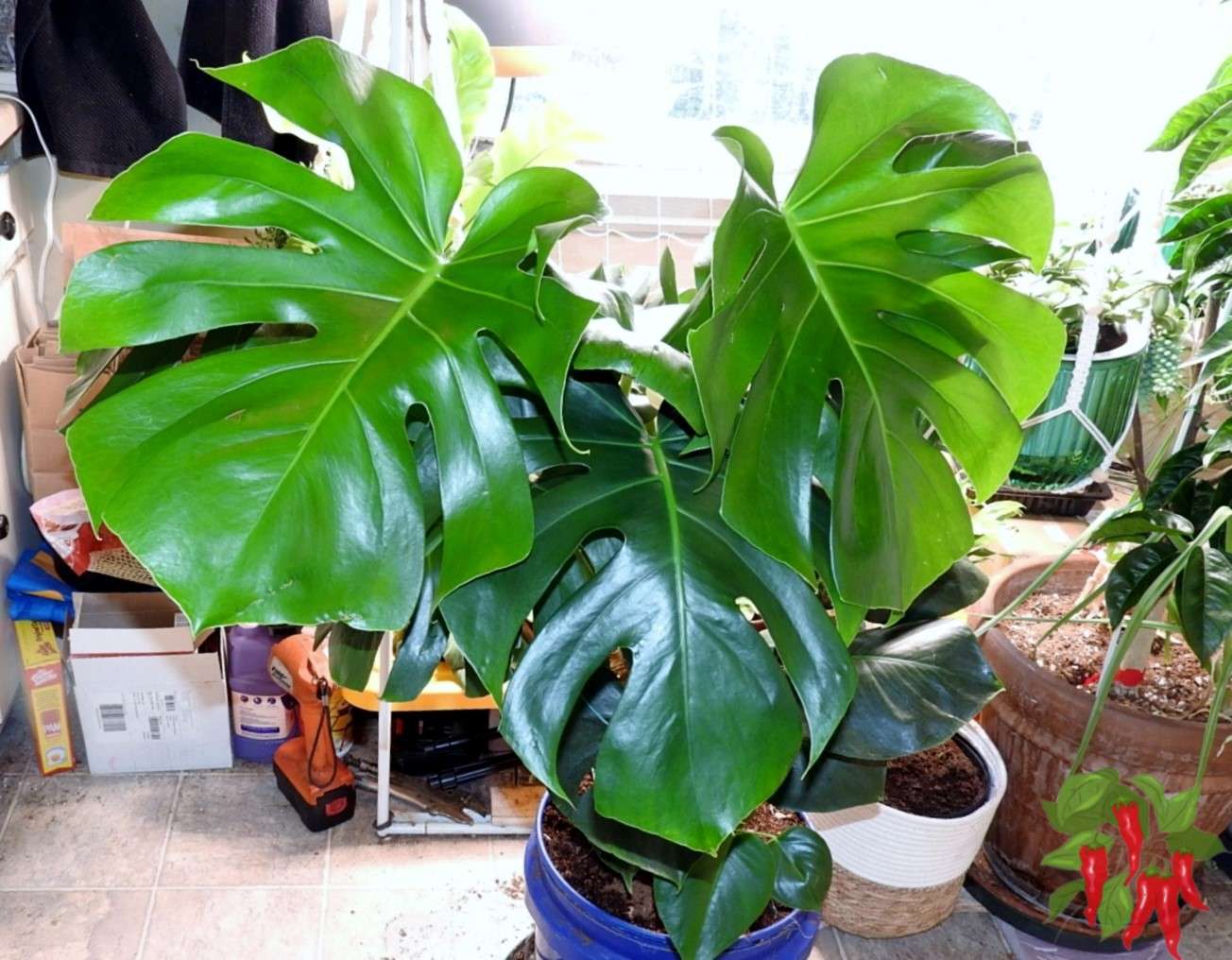
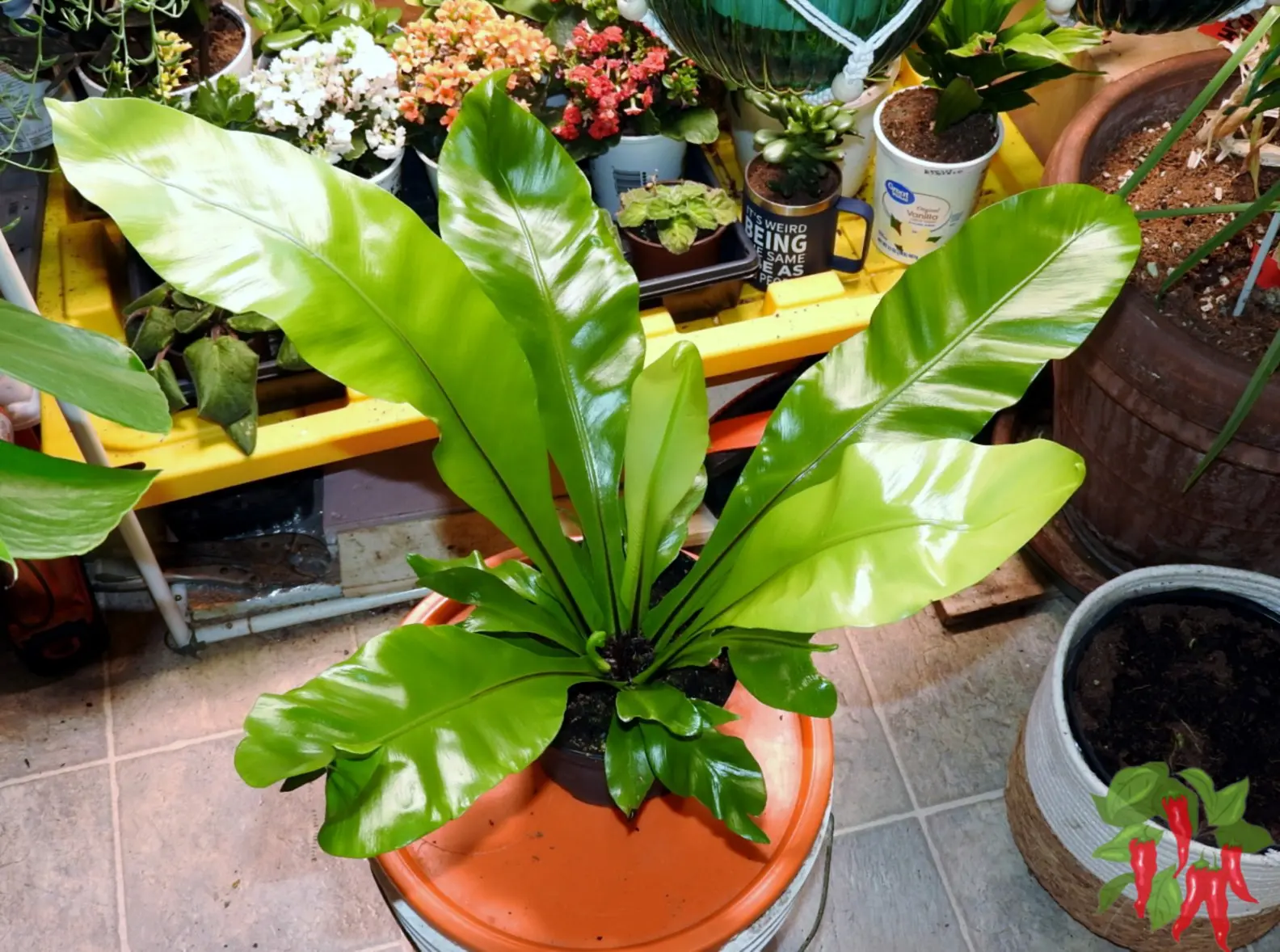
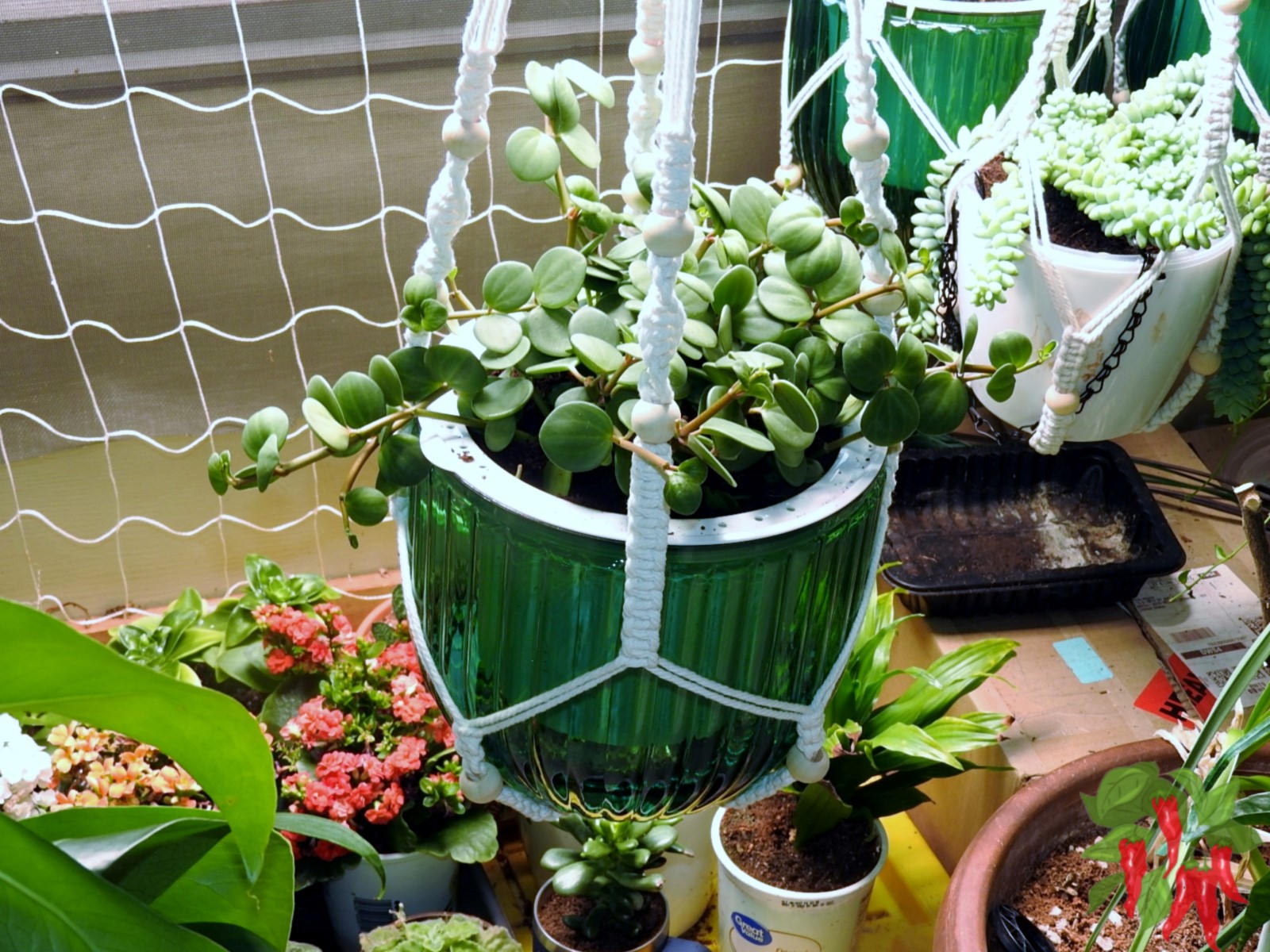
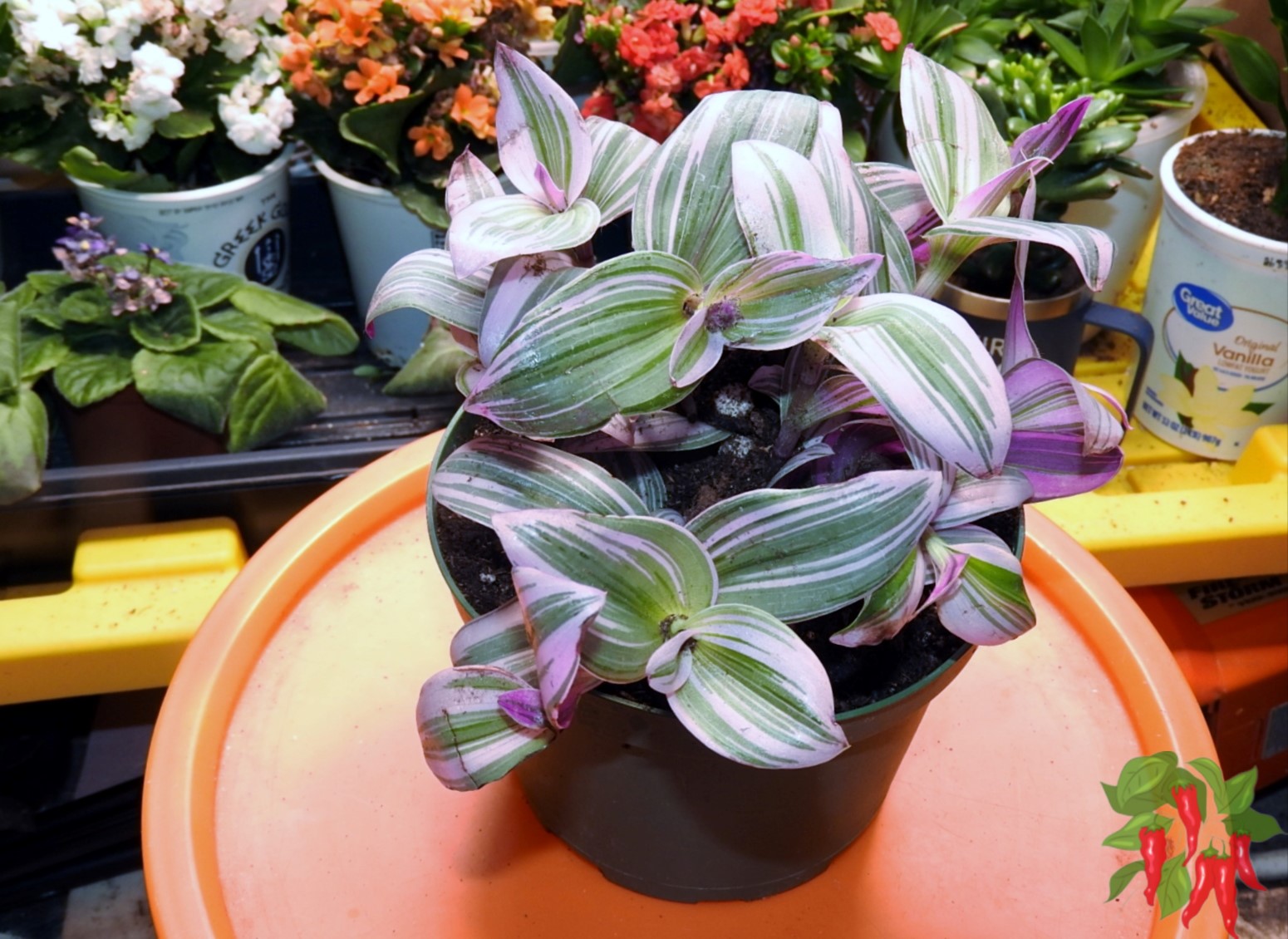
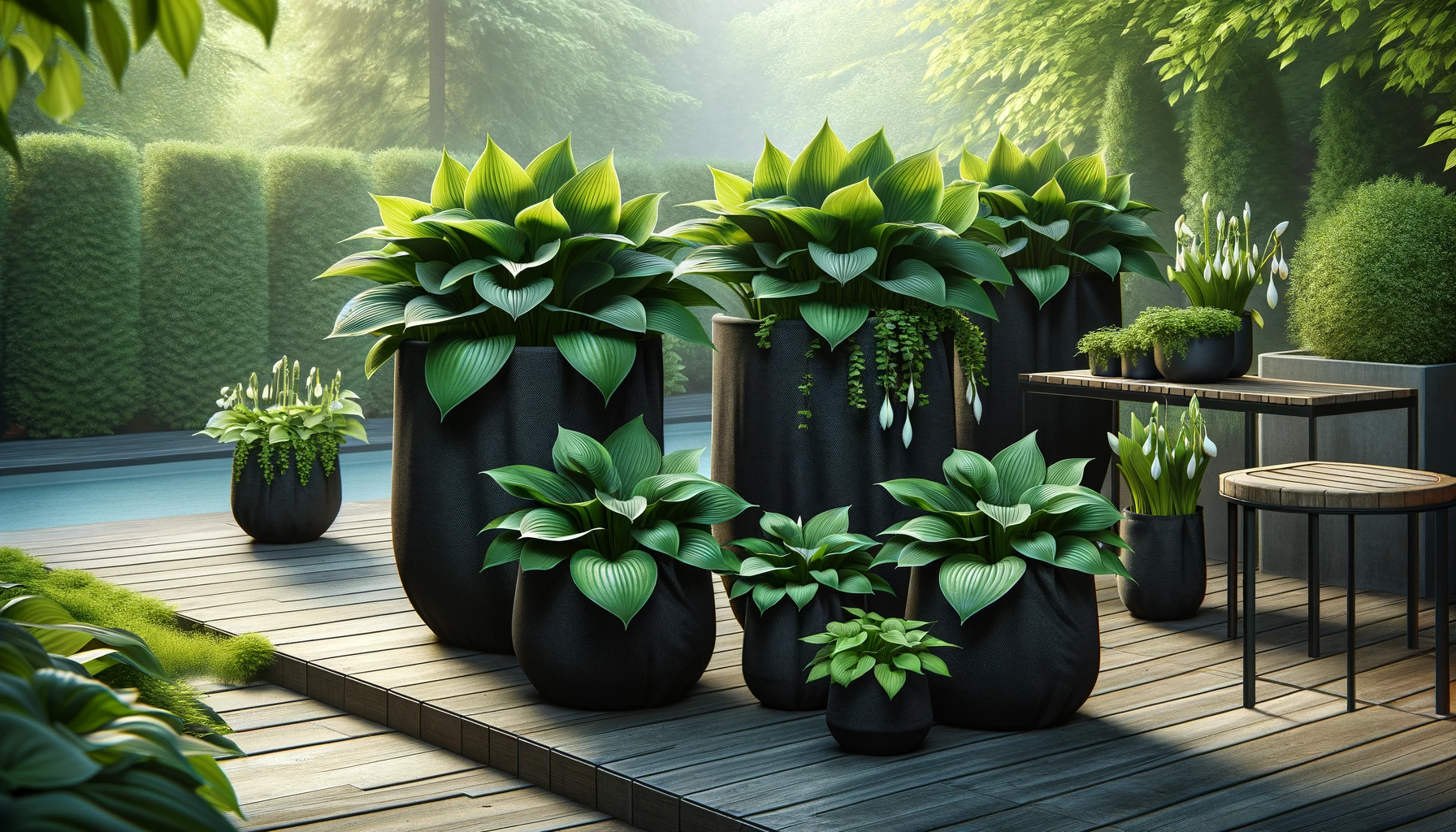
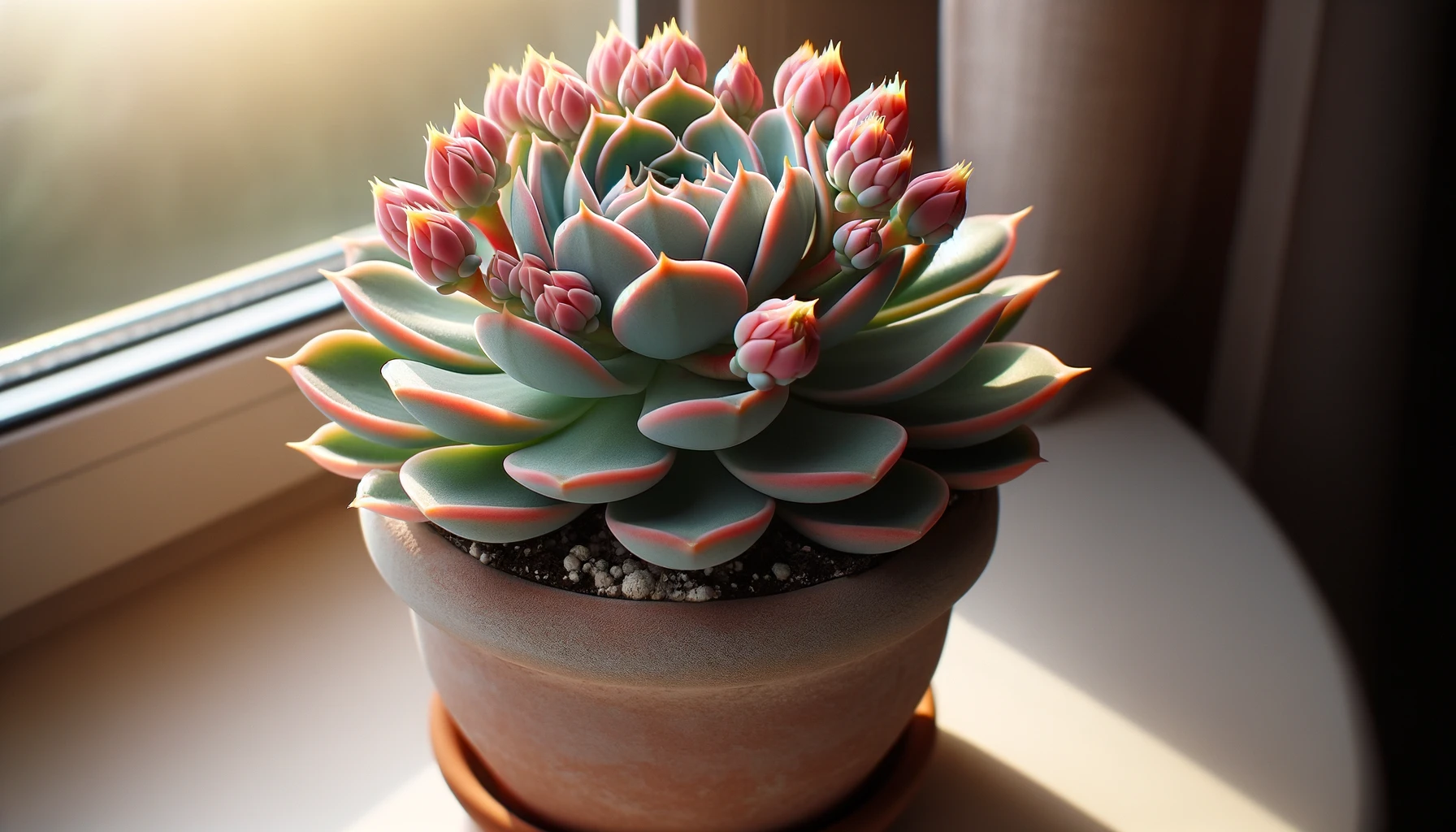
 Steve S. is the creator of
Steve S. is the creator of